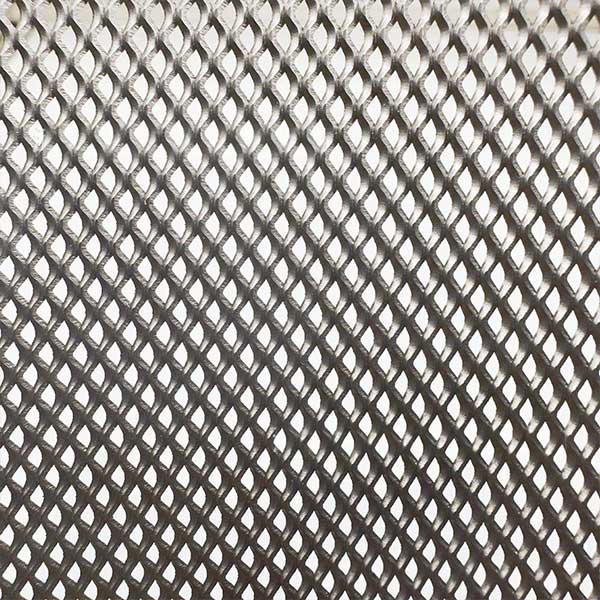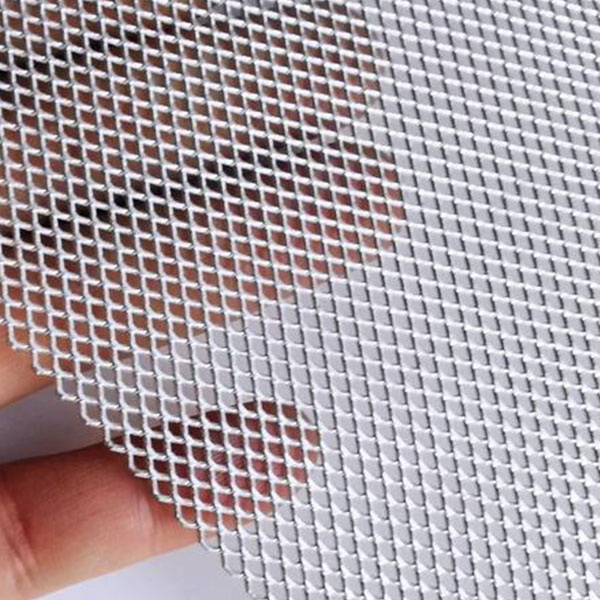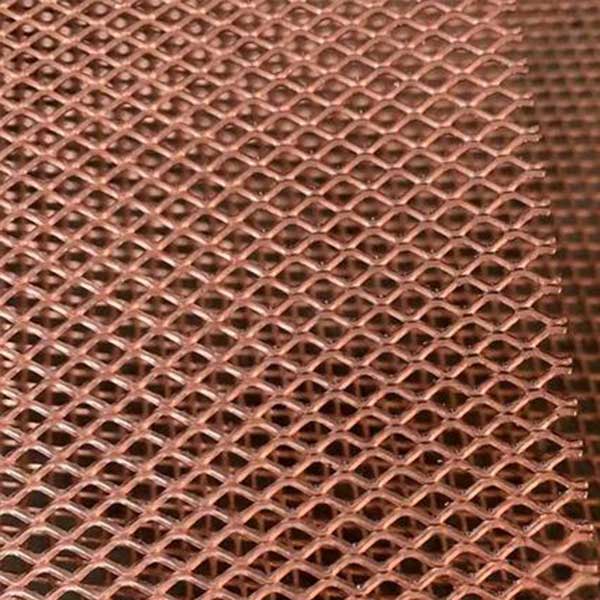What is the competitiveness of expanded metals mesh?
Expanded metal mesh is strong due to its continuous, one-piece structure. It is made by slitting and stretching a solid metal sheet, creating a diamond-patterned mesh that distributes weight evenly. This process adds strength without needing welds or joints, making Expanded metal mesh a top choice for load-bearing and heavy-duty applications.
High tensile strength. Expanded metal mesh retains the full strength of its original sheet, whether it is made of steel, aluminium, or stainless steel. The stretching process increases tensile strength, so it can resist tearing or breaking under tension. This tensile strength is crucial in industrial and structural applications where durability is key.
Load-bearing capacity. The diamond or hexagonal pattern makes it excellent at bearing weight. Load-bearing capacity varies with the thickness of the material and pattern size, but it generally performs well under significant loads. This makes it ideal for catwalks, walkways, ramps, and industrial platforms, where it needs to withstand continuous weight and pressure.
Impact resistance. The uniform, raised pattern adds resilience to impacts, making it suitable for security and protection applications. Expanded metal mesh fencing, barriers, and security screens can absorb and distribute impact forces better than many other materials, helping protect against damage.
The specific strength of Expanded metal mesh depends on its material type, thickness, and pattern. Steel Expanded metal mesh, for instance, offers excellent strength and rigidity, ideal for industrial floors and walkways.
Aluminium Expanded metal mesh is lighter and easier to handle while still providing good structural support, making it well-suited for lighter applications where weight matters.
The application in the architectural field is a clear example of the added value of the strength provided by Expanded metal mesh.
Expanded metal mesh is, in fact, widely used for facades due to its strength, flexibility, and aesthetic appeal. It offers a modern, textured look, while also providing functional benefits like natural ventilation, sun shading, and durability.
Key benefits for facades
Aesthetic appeal. Expanded metal mesh creates a striking visual effect, adding texture and depth to a building’s exterior. The pattern can give the facade a dynamic, modern look that changes with light and angle.
Natural ventilation. The open pattern allows air to flow through the facade, which helps improve ventilation inside the building. This makes it a popular choice for structures needing airflow, such as parking garages, sports arenas, or industrial buildings.
Sun shading and energy efficiency. Expanded metal mesh acts as a sunshade, reducing direct sunlight and helping to lower interior temperatures. This shading effect improves energy efficiency, reducing cooling costs and providing added comfort.
Durability and low maintenance. Expanded metal mesh facades are highly durable and resistant to weather conditions. They are made from materials like aluminium, stainless steel, or coated steel, which are corrosion-resistant and require minimal maintenance.
Sustainability. Expanded metal mesh is often made from recyclable materials and uses minimal metal due to its manufacturing process. It can also support energy-saving efforts by reducing the need for artificial cooling, making it an environmentally friendly choice.
Design flexibility
Expanded metal mesh can be customised in terms of thickness, opening size, and pattern, allowing architects to create unique facades tailored to specific aesthetic or functional needs. It can be installed as a cladding system over existing walls or as a self-supporting structure.
Common applications
Expanded metal mesh facades are commonly used on office buildings, parking structures, sports facilities, cultural centres, and residential buildings. They provide both an industrial and contemporary look, with the added benefit of functionality and durability.




